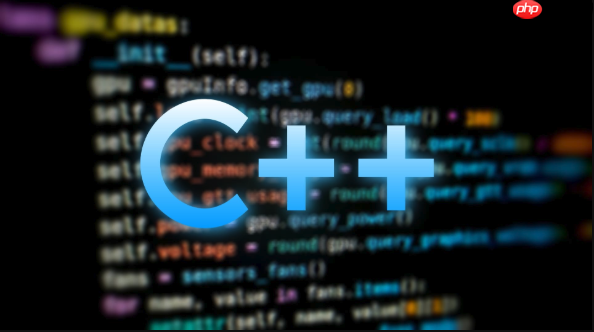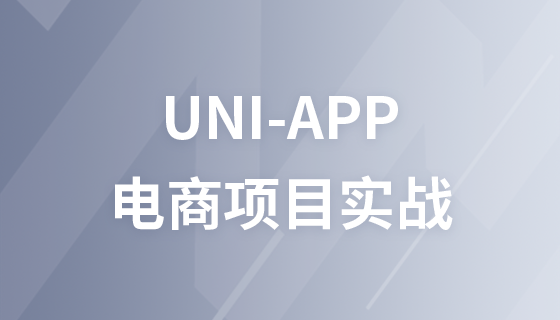C++中遍历std::map常用方法包括:①范围-for循环(推荐),自动推导类型并避免拷贝;②迭代器遍历,兼容旧版本;③const_iterator用于只读访问更安全;④通过[]、at()或find()访问特定元素,其中at()和find()更安全。现代C++建议优先使用范围-for和auto提升代码清晰度与效率。

在C++中,std::map 是一个关联容器,用于存储键值对(key-value pairs),并根据键自动排序。遍历和访问 map 中的元素是日常开发中的常见操作。下面介绍几种常用的遍历与访问方法。
这是最简洁、推荐的方式,适用于现代 C++ 项目。
#include <map>
#include <iostream>
std::map<int, std::string> myMap = {{1, "apple"}, {2, "banana"}, {3, "cherry"}};
for (const auto& pair : myMap) {
std::cout << "Key: " << pair.first << ", Value: " << pair.second << std::endl;
}
说明:auto 推导出类型为 const std::pair<const Key, Value>&,避免拷贝,提高效率。
通过 begin() 和 end() 获取迭代器进行遍历,兼容老版本 C++。
立即学习“C++免费学习笔记(深入)”;
for (auto it = myMap.begin(); it != myMap.end(); ++it) {
std::cout << "Key: " << it->first << ", Value: " << it->second << std::endl;
}
注意:it->first 等价于 (*it).first,指向当前键值对的指针操作。
当你不需要修改 map 内容时,使用 const_iterator 更安全。
for (std::map<int, std::string>::const_iterator it = myMap.cbegin();
it != myMap.cend(); ++it) {
std::cout << "Key: " << it->first << ", Value: " << it->second << std::endl;
}
cbegin() / cend() 明确返回 const 迭代器,适合 const map 或只读场景。
除了遍历,也可以通过键直接访问值:
if (myMap.find(2) != myMap.end()) {
std::cout << "Found: " << myMap.find(2)->second << std::endl;
}
// 或更高效写法
auto it = myMap.find(2);
if (it != myMap.end()) {
std::cout << "Value: " << it->second << std::endl;
}
基本上就这些常用方法。现代 C++ 推荐优先使用范围-for 和 auto,代码更清晰且不易出错。
以上就是c++++中map如何遍历_C++ map迭代与访问方法的详细内容,更多请关注php中文网其它相关文章!

c++怎么学习?c++怎么入门?c++在哪学?c++怎么学才快?不用担心,这里为大家提供了c++速学教程(入门到精通),有需要的小伙伴保存下载就能学习啦!




Copyright 2014-2025 https://www.php.cn/ All Rights Reserved | php.cn | 湘ICP备2023035733号